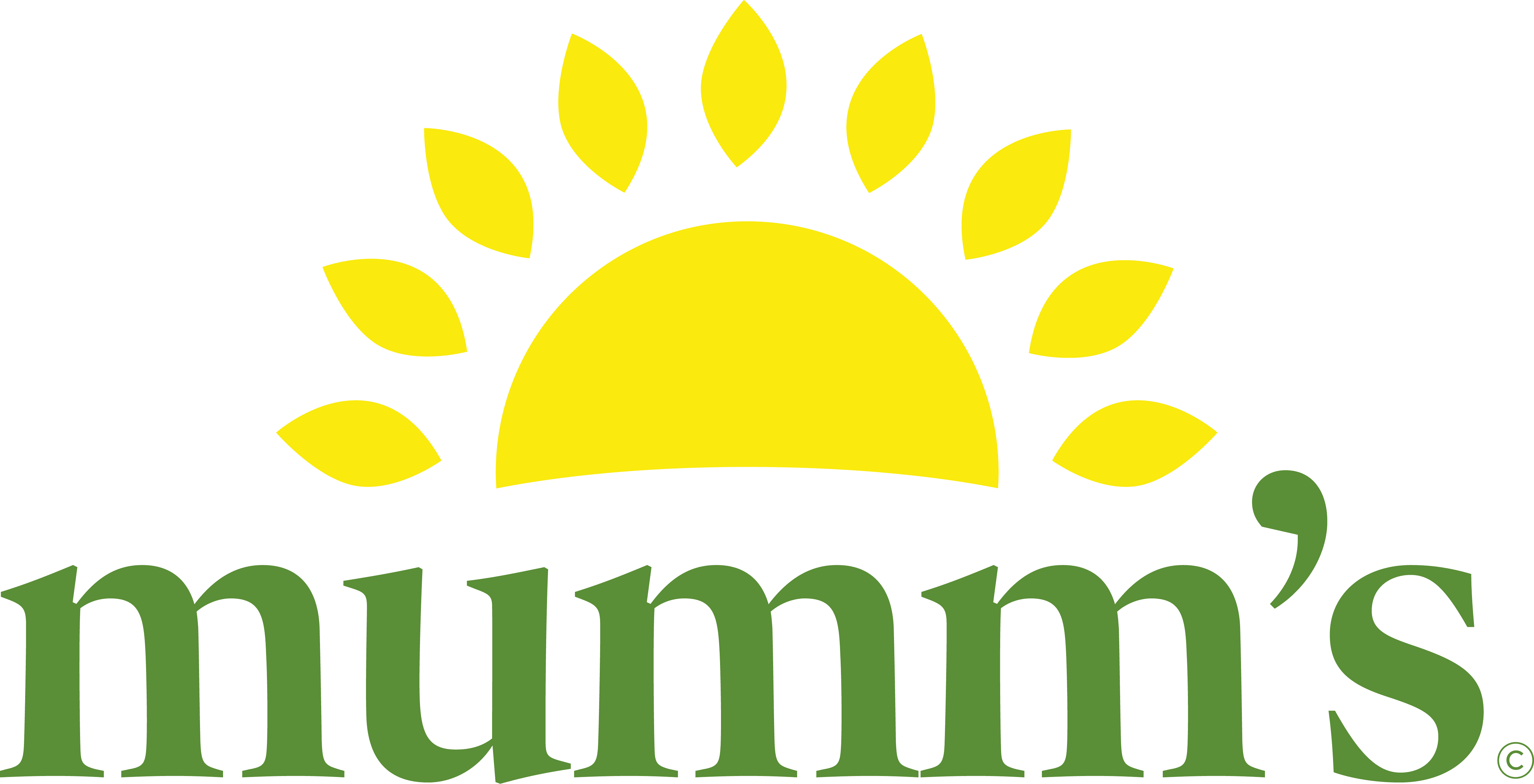Daikon Radish Sprouts
“Daikon and radish were analyzed at the seed and sprouted-seed stage to identify cultivars high in the anti-cancer glucosinolate, glucoraphenin. Of the cultivars tested, ‘Cherry Belle’ and ‘Black Spanish’ maintained highest levels of glucoraphenin. Levels were highest in seed, and decreased with increasing sprout age. Decline in concentration was largely due to dilution associated with cell expansion, and partly due to other mechanisms. Differences in the latter appear to have impact on anti-cancer potential.
Analysis of mature daikon and radish tissue (roots and shoots) indicated that the principal glucosinolate in roots of all cultivars was glucodehydroerucin, which is estimated to have one tenth of the potency of glucoraphenin, the principal glucosinolate found in seeds and young sprouts. By contrast, the principal glucosinolates present in mature shoots were glucoraphanin and glucoraphenin, both potent anti-cancer agents. Shoots were estimated to have approximately 20 times the anti-cancer potential of roots.”
O’Hare Queensland Department of Primary Industries and Fisheries, Queensland Horticulture Institute, Gatton Research Station
RIRDC Project No DAQ-342A, June 2007
Daikon, A Promising Anti-Cancer Vegetable
O’Hare, Tim
“Daikon and radish sprouts contain high levels of glucoraphenin, a glucosinolate which hydrolyses to form sulphoraphene. Sulphoraphene, like sulphoraphane from broccoli, is a potent inducer of phase 2 detoxification enzymes and consequently has potential anti-cancer action. Unlike broccoli however, daikon and radish do not possess epithiospecifier protein, a protein that inhibits conversion of glucosinolates to isothiocyanates, and consequently they may represent more suitable sources of phytochemicals with anti-cancer potential. Concentrations of glucoraphenin were highest in the seed, declining exponentially with sprout development. The rate of decline was observed to vary considerably between varieties of daikon and radish, with some varieties maintaining significantly high levels of glucoraphenin.”
ISHS Acta Horticulturae
765: XXVII International Horticultural Congress – IHC2006: International Symposium on Plants as Food and Medicine: The Utilization and Development of Horticultural Plants for Human Health.
Glucosinolate Compostition and Anti-Cancer Potential of Daikon and Radish Sprouts
T.J. O’Hare, L.S. Wong, L.E. Force, C.B. Gurung, D.E. Irving, D.J. Williams
Crude dietary fiber samples were prepared from [sprouts of] beet, cabbage, Japanese radish, onion, and mung bean sprouts (BF, CF, RF, OF, and MF, respectively). These samples contained total dietary fiber at the levels of 814, 699, 760, 693 and 666 g/kg, respectively. To examine the effect of the dietary fibre sources on the plasma cholesterol concentration, male Sprague-Dawley rats were fed on a fiber-free (FF) diet or on an FF diet supplemented with 5% or 10% dietary fiber. Dietary fiber extracted from vegetables, wood cellulose (CL), pectin (PE) and guar gum (GG) were used as the fiber sources. Compared with the rats fed on the FF diet, a significant reduction in the plasma cholesterol concentration was observed in the rats fed on BF, CF, RF, MF, PE or GG after a 21-d feeding period. Cecal acetate, n-butyrate and total short-chain fatty acids were significantly higher in the rats fed on these dietary fibers, except for CF, than in those fed on the FF diet. A negative correlation was apparent between the total dietary fiber content, hemicellulose content and pectin content of each dietary fiber source and the plasma cholesterol concentration. These results suggest that some vegetable fibers exert a plasma cholesterol-lowering effect through cecal fermentation of these fibers.
Biosci Biotechnol Biochem
2000 Dec;64(12):2543-51
Plasma cholesterol-lowering effect on rats of dietary fiber extracted from immature plants.
Nishimura N, Taniguchi Y, Kiriyama S.
